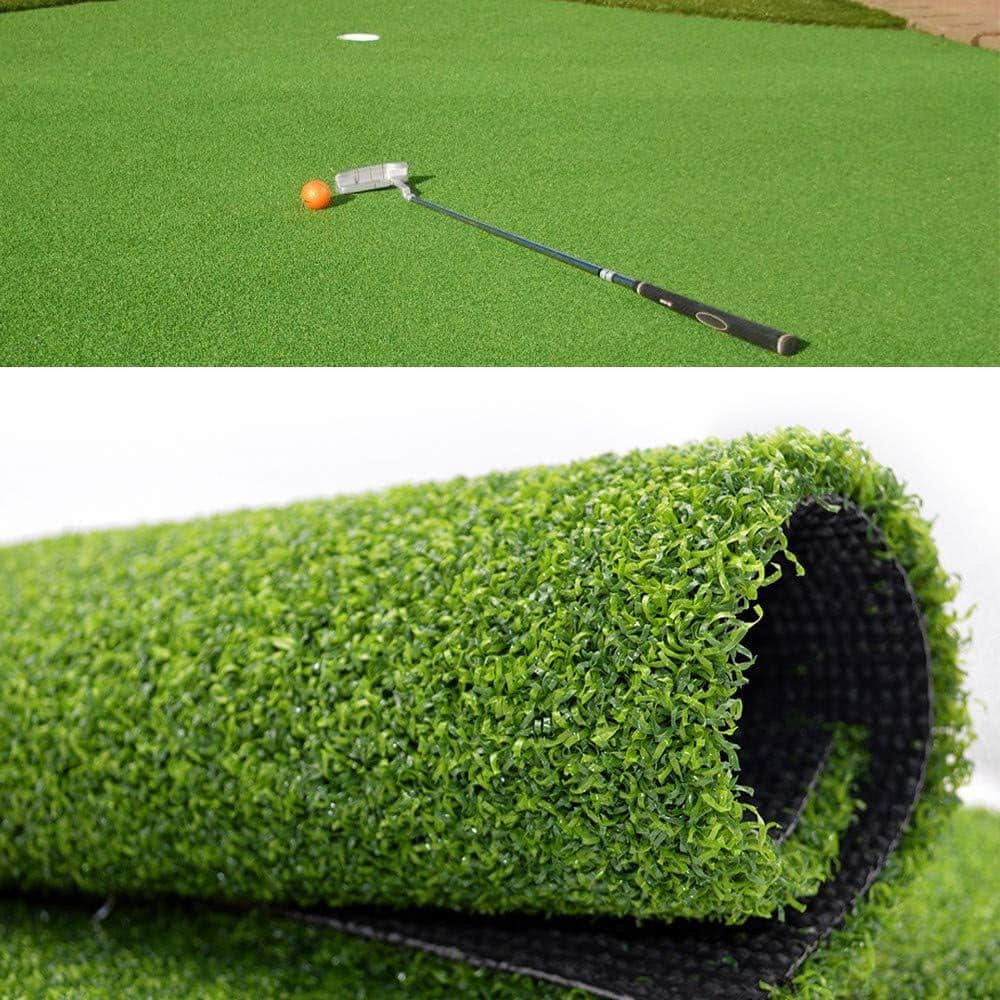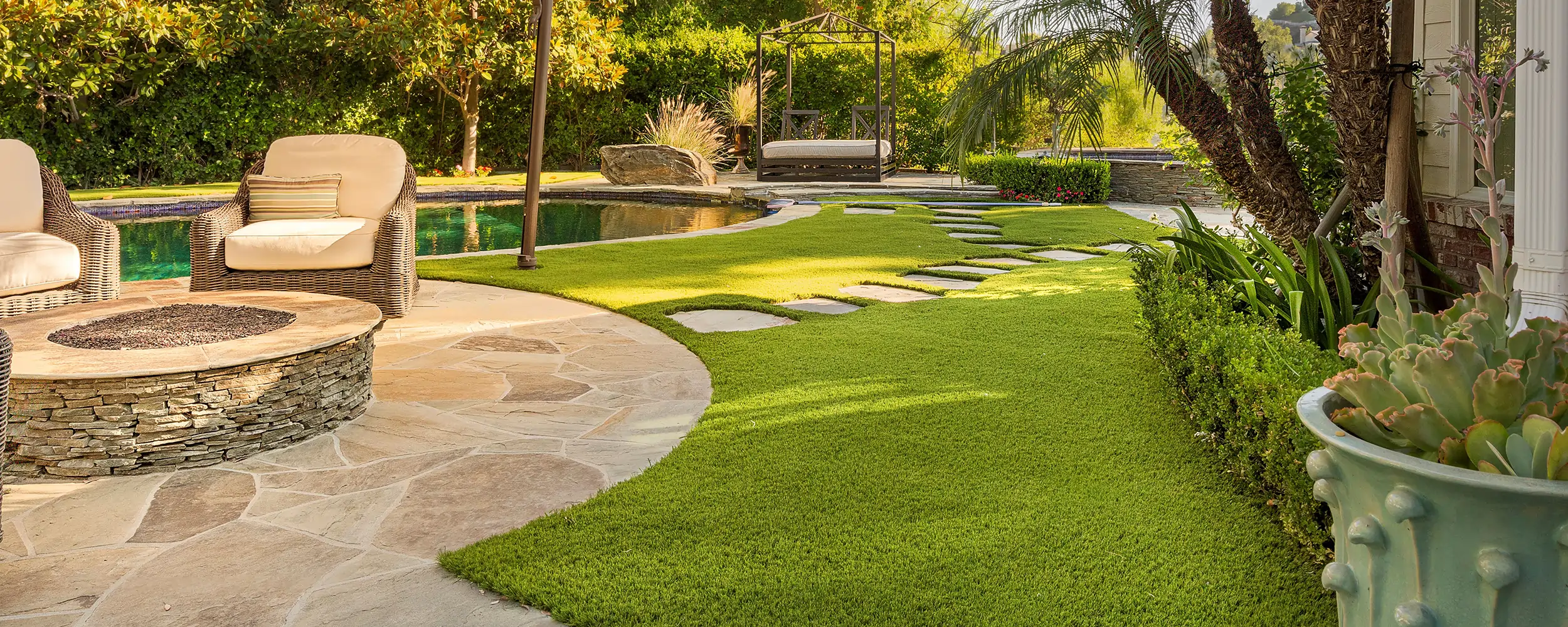Transform Your Yard with Reliable Turf Installation Phoenix AZ Services
Look Into the Environmental Perks of Opting for Synthetic Grass Solutions
The fostering of artificial lawn services provides a compelling chance to address pushing ecological difficulties. By substantially minimizing water usage and lessening the application of harmful chemicals, these choices not just advertise sustainable landscaping yet additionally shield neighborhood communities.
Water Conservation Perks
One of the most substantial advantages of artificial turf is its capacity to save water. In contrast, synthetic turf does not require watering, substantially decreasing the overall need for water sources.
By eliminating the requirement for routine watering, synthetic grass contributes to lasting landscape practices and aids reduce the ecological impact of extreme water consumption. In addition, the conservation of water includes the reduction of overflow, which can bring about soil disintegration and river pollution.
In addition, the installation of man-made lawn allows property owners and districts to allocate water resources a lot more successfully, focusing on important usages such as alcohol consumption water and farming. The change towards synthetic grass not just advertises liable water use but also straightens with more comprehensive ecological goals focused on protecting all-natural sources.
As communities increasingly prioritize sustainability, the water preservation advantages of artificial grass provide an engaging instance for its fostering in industrial and property landscaping projects.
Minimized Chemical Use
The shift to synthetic grass considerably decreases the reliance on chemical therapies generally made use of in all-natural lawn maintenance. Conventional turf management generally involves the application of fertilizers, herbicides, and pesticides to advertise growth and control pests. These chemicals can posture threats to human health and wellness, regional wildlife, and the setting, adding to soil and water contamination.
In contrast, man-made turf removes the demand for these damaging substances. By reducing the release of artificial compounds right into the ecosystem, man-made lawn promotes much healthier dirt and water systems.
Additionally, the lack of chemical runoff linked with artificial grass installments helps secure local waterways from contamination, supporting marine life and preserving biodiversity. Turf installation phoenix az. As neighborhoods significantly focus on sustainable practices, selecting synthetic grass provides a sensible solution that lines up with ecological preservation goals. With this change, homeowner can take pleasure in rich environment-friendly spaces without jeopardizing ecological health and wellness, leading the way for a much more lasting future
Lower Carbon Impact

Furthermore, the installation of synthetic lawn can result in significant water conservation. All-natural yards call for substantial quantities of water for irrigation, which not only adds to the carbon impact connected with water extraction and treatment but also pressures local water sources. In comparison, synthetic grass requires marginal maintenance, requiring no watering, consequently dramatically lowering water use and its linked power expenses.
Furthermore, the longevity of synthetic grass adds to its decreased carbon effect. With a life expectancy of up to 15 years or even more, the need for constant substitutes is decreased, causing much less waste and lower energy usage in manufacturing and dealing with conventional grass options. Overall, synthetic grass provides a lasting alternative for eco aware landscape design.
Environment Conservation
Habitat preservation is an essential factor to consider in the argument over landscape design options, especially when comparing synthetic turf to all-natural grass. All-natural yard lawns usually call for considerable upkeep, including the use of herbicides, plant foods, and chemicals, which can detrimentally impact regional ecosystems. These chemicals can leach into the dirt and waterways, hurting indigenous plants and animals and interfering with neighborhood environments.
In contrast, man-made grass offers a possibility to lower the ecological footprint of landscaping. By choosing for artificial turf, homeowners can decrease the disturbance of natural environments connected with conventional lawn care techniques. Synthetic grass gets rid of the requirement for harmful chemicals, thus shielding close-by wildlife and preserving the integrity of surrounding communities. The setup of synthetic grass can lead to the conversion of previous turf areas right into more biodiverse landscapes, such as pollinator yards or native plant areas, which can support neighborhood wild animals.
Ultimately, the transition to synthetic grass not only saves water and decreases upkeep efforts but likewise promotes a more unified relationship between human activities and the natural surroundings, advertising habitat preservation in the procedure.
Long-Term Sustainability
Long-lasting sustainability is a crucial consider assessing the benefits of artificial grass over typical turf lawns. One of one of the most considerable benefits of synthetic grass is its longevity; it can last approximately 15-20 years with marginal maintenance, whereas all-natural lawn calls for regular reseeding and replacement. This durability decreases the demand for continuous resources, such as water, fertilizers, and chemicals, which are crucial for preserving a healthy and balanced yard yard.
Additionally, artificial grass adds to a reduction in carbon emissions connected with grass care devices. Conventional grass usually require gas-powered lawn mowers, trimmers, and blowers, every one of which add to air contamination. Arizona artificial turf. On the other hand, artificial turf eliminates the need for such devices, promoting a cleaner setting
Furthermore, the manufacturing of synthetic grass increasingly uses recycled materials, enhancing its sustainability profile. As makers embrace environmentally friendly techniques, you can look here the environmental footprint of synthetic grass proceeds to diminish.

Final Thought
The fostering of synthetic grass solutions provides substantial ecological benefits, including substantial water conservation, decreased dependence on unsafe chemicals, and a lower carbon impact. In addition, artificial turf help in protecting all-natural environments by minimizing land disruption and advertising long-lasting sustainability with making use of sturdy materials. Jointly, these elements emphasize the possibility of fabricated grass to contribute positively to environmental health and wellness and offer a feasible option to conventional landscape design methods official site in an increasingly resource-conscious world.
In comparison, man-made turf does not need watering, substantially reducing the total need for water resources. By minimizing the release of synthetic substances right into the ecological community, man-made grass promotes much healthier soil and water systems.
In addition, the installation of artificial grass can result in considerable water conservation. In comparison, synthetic turf requires very little upkeep, requiring no watering, therefore redirected here substantially decreasing water use and its associated energy expenses.
